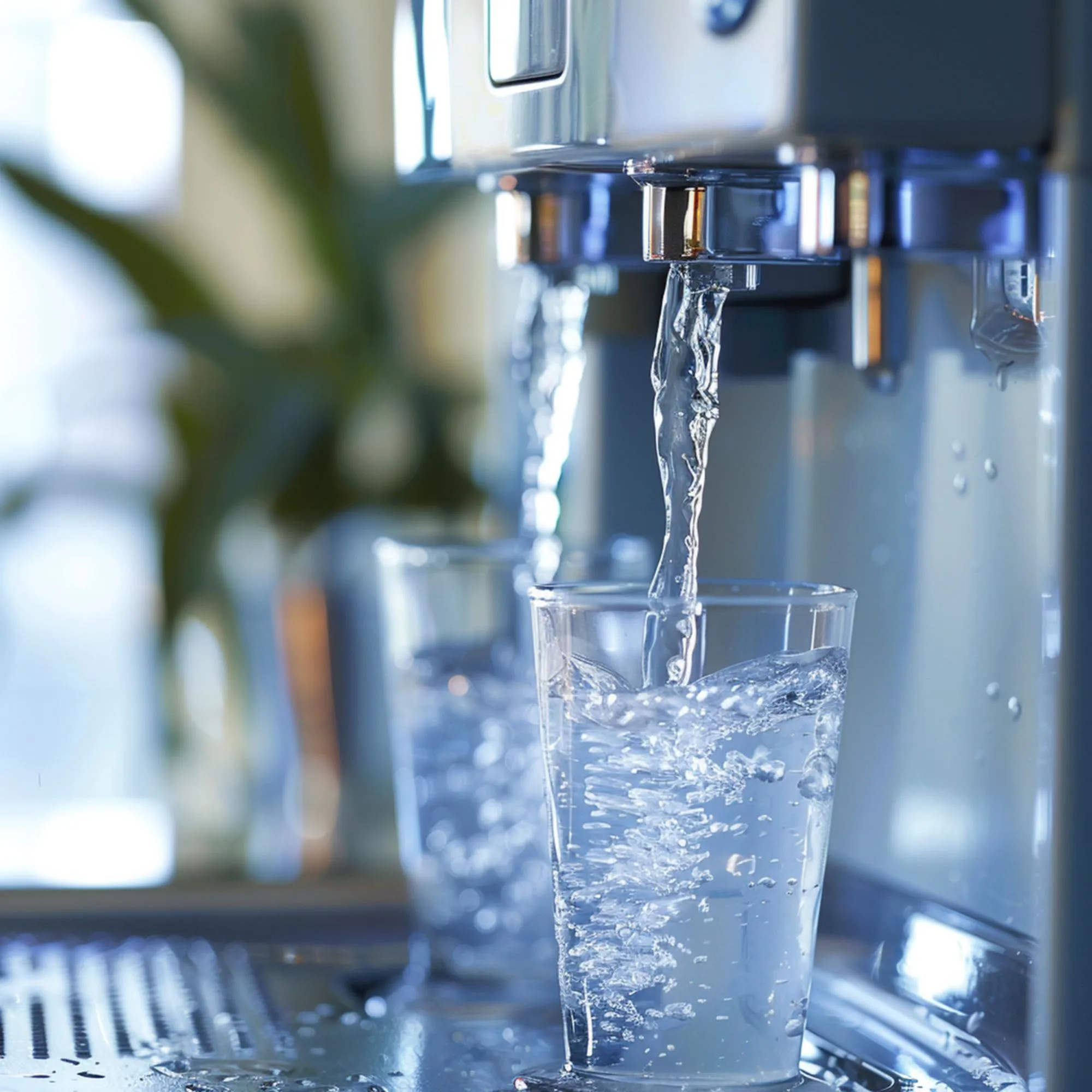Environmental pollution by synthetic dyes is a major concern worldwide. Recently, researchers from China Agricultural University have developed an innovative adsorbent, a chitosan sodium carboxymethylcellulose silk fibroin (CS-CMC-SF) aerogel, demonstrating exceptional capabilities in dye detoxification. This study presents the synthesis, optimization, and performance evaluation of the aerogel, emphasizing its potential as a sustainable solution for water purification.
Introduction
In today’s industrialized world, dye pollution presents a significant threat to both aquatic ecosystems and human health. The discharge of dyes into water bodies from various industries, including textiles, leather, and paper, has spurred the need for efficient and eco-friendly methods of detoxification. To address this challenge, a team of chemists led by Zhou Wenfeng at China Agricultural University has introduced a groundbreaking adsorbent, the CS-CMC-SF aerogel, which showcases an exceptional affinity for removing cationic and anionic dyes from water.
Background
The quest for sustainable dye detoxification strategies has led to exploring natural polymers owing to their biodegradability and low toxicity. Chitosan (CS), a derivative of chitin, is renowned for its adsorption capabilities. Sodium carboxymethyl cellulose (CMC) is a cellulose derivative with high water solubility, and silk fibroin (SF) is a protein found in silk with notable mechanical properties. Combined in an aerogel, these materials hold the promise of an effective adsorbent with added strength and stability.
Methodology
The research, meticulously published in the International Journal of Biological Macromolecules, involved creating hierarchical porous structures to ensure high surface areas for optimized dye adsorption. The CS-CMC-SF aerogel was synthesized through a freeze-drying process to maintain its porosity. Various analytical techniques, including Scanning Electron Microscopy (SEM), Fourier-Transform Infrared Spectroscopy (FT-IR), X-Ray Diffraction (XRD), and X-Ray Photoelectron Spectroscopy (XPS), were employed to characterize the aerogel’s physicochemical attributes.
Results
Experimental data revealed the aerogel’s remarkable adsorption capabilities, displaying maximum adsorption capacities of 5461.77 mg/g for Congo Red (CR), 2392.83 mg/g for Malachite Green (MG), and 1262.20 mg/g for Crystal Violet (CV). The kinetic studies were in accordance with the pseudo-second-order model, suggesting chemisorption as the dominant adsorption mechanism. Isotherm analysis indicated multilayered adsorption on the irregularly shaped surfaces of the aerogel, and thermodynamic assessments confirmed the process to be exothermic and spontaneous.
Discussion
The unique design of the CS-CMC-SF aerogel incorporates mechanisms such as pore filling, π-π interactions, ion exchange, and hydrogen bonding, enhancing the overall adsorption performance. The consequent superior output qualifies the aerogel as a promising candidate for water purification systems. Additionally, the noted soil biodegradability and compostable features of the developed aerogel lend themselves to its suitability in applications where sustainable options are required.
Conclusion
The research undertaken by the team at China Agricultural University has established a new benchmark in dye detoxification. The CS-CMC-SF aerogel’s impressive dye adsorption capacity, ecological friendliness, and potential for biodegradation present a compelling alternative to traditional methods. The work resonates with the global imperative for sustainable development and holds promise for scaling up to industrial applications.
Keywords
1. Chitosan Aerogel
2. Dye Detoxification
3. Sustainable Adsorbent
4. Water Purification
5. Biodegradable Materials
DOI: 10.1016/j.ijbiomac.2023.129127
References
1. Khan, S. A., Khan, S. B., Asiri, A. M. (2015). Handbook of Chitosan Research and Applications. Nova Science Publishers. ISBN-10: 1624174793.
2. Rinaudo, M. (2006). Chitin and Chitosan: Properties and Applications. Progress in Polymer Science, 31(7), 603-632. doi:10.1016/j.progpolymsci.2006.06.001.
3. Huang, Q., Liu, M., Mao, L., Xu, D., Zeng, G., Huang, H., … Li, B. (2017). Removal of heavy metals by different adsorbent materials: Review. Environmental Science and Pollution Research, 24(3), 2468–2480. doi:10.1007/s11356-016-8039-5.
4. Zhao, F., Repo, E., Yin, D., Meng, Y., Jafari, S., Sillanpää, M. (2016). The sorption of heavy metal ions onto chitosan, cyclodextrin and starch polymers. International Journal of Biological Macromolecules, 91, 1-20. doi:10.1016/j.ijbiomac.2016.05.021.
5. Kumar, A., Shrivastava, A. (2019). Biopolymer Composites in Electronics. Elsevier Science. ISBN-10: 0128092613.
